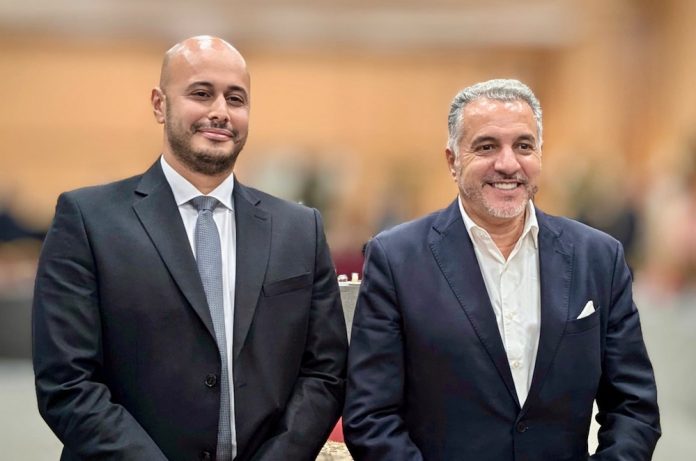During the elective General Assembly held on September 27, 2024, in Marrakech, Hamid Bentahar was unanimously re-elected as President of the National Tourism Confederation (CNT) for another three-year term. He will be joined by Othmane Ibn Ghazala, who was elected Vice President. This unanimous vote reflects the sector’s strong support for the continuity of Bentahar’s leadership, which has been instrumental in navigating the tourism industry through the challenges of the pandemic and towards a sustainable recovery.
Bentahar’s re-election marks the continuation of his previous mandate, where the CNT played a pivotal role in strengthening and unifying the Moroccan tourism sector. His strategy has been built on three fundamental pillars: Co-construction, Competitiveness, and Sustainability, with a clear focus on Resilience, Recovery, and Reinvention. This approach has allowed the CNT to make significant strides despite the global crisis.
“Thanks to an exemplary mobilization of all tourism stakeholders and a shared commitment to repositioning Morocco as a must-visit destination, we have worked together to develop a clear and ambitious strategy,” stated Hamid Bentahar following his re-election.
With no new candidates coming forward after the August 2024 call for applications, the CNT’s Board of Directors unanimously endorsed the renewal of the outgoing leadership team. This decision was later confirmed by the General Assembly.
As he embarks on his new term, Bentahar emphasized the importance of continuing the collective efforts to achieve the goals outlined in the 2026 Roadmap. Key priorities include job creation, support for tourism businesses, and boosting foreign currency inflows.
The 2026 Roadmap outlines several key objectives:
- Enhancing tourism infrastructure: Modernizing and upgrading existing facilities to meet tourist expectations and anticipate future growth in visitor numbers.
- Promoting sustainability: Implementing initiatives that encourage eco-friendly tourism practices while preserving Morocco’s natural and cultural heritage.
- Diversifying the tourism offer: Expanding beyond traditional hubs like Marrakech and Agadir by promoting emerging regions such as Fes-Meknes, southern Morocco, and the mountainous areas.
- Job creation and business support: Strengthening the capacities of tourism businesses and fostering a supportive environment for employment growth, with a particular focus on local entrepreneurship initiatives.
This renewed leadership, coupled with a clear strategy, sets the stage for Morocco’s tourism sector to flourish in the coming years, reinforcing its role as a key driver of the country’s economy.
